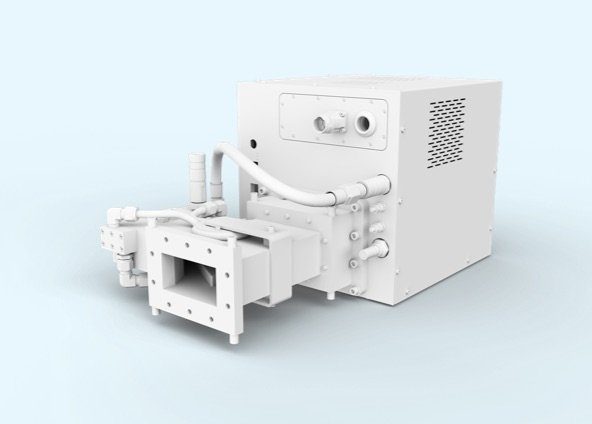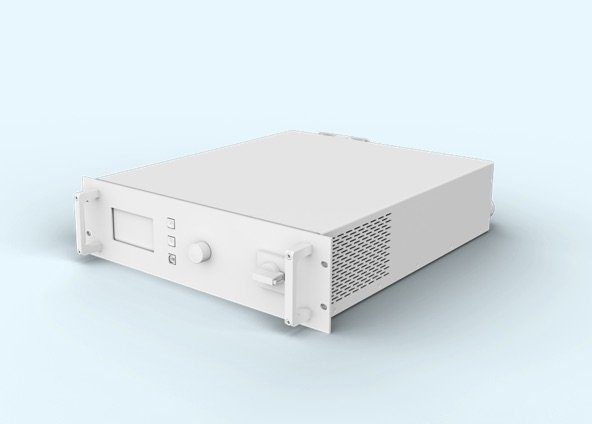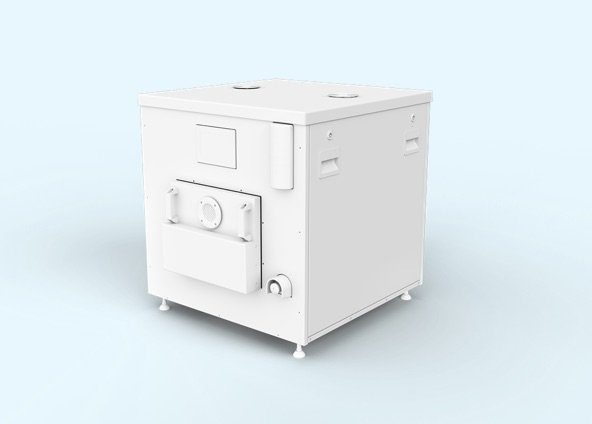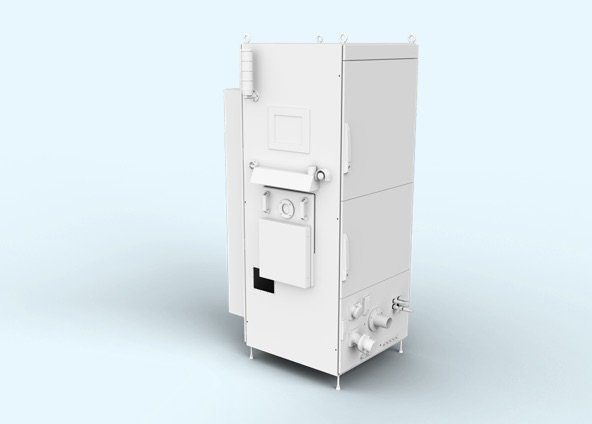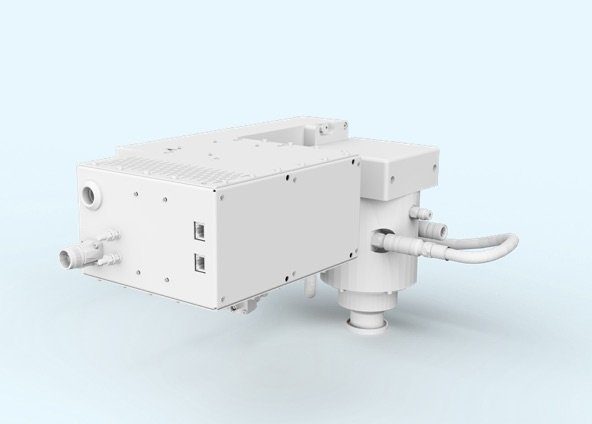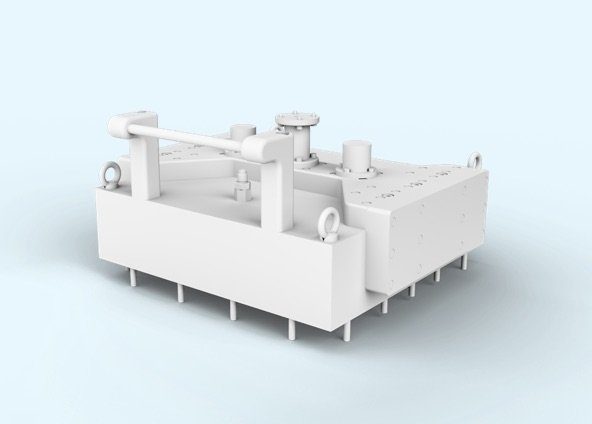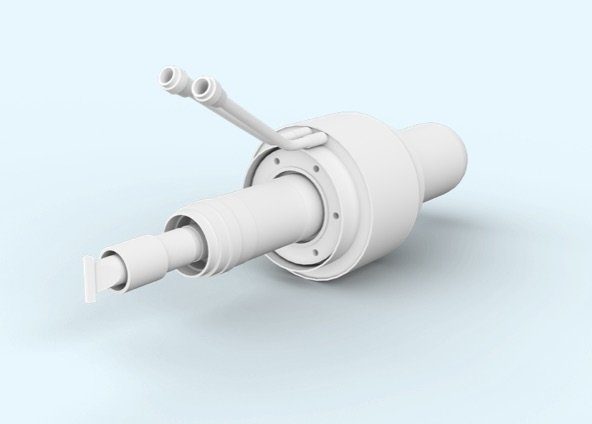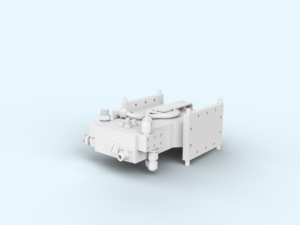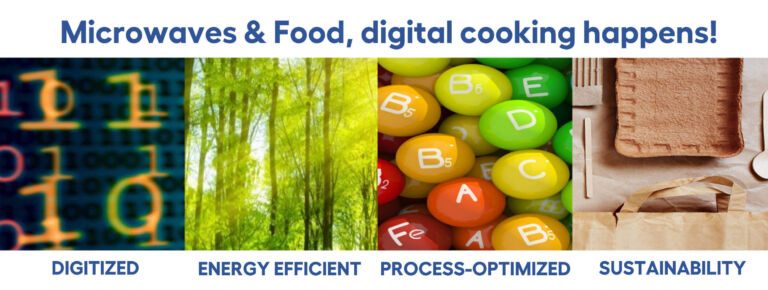
Health, fitness, nutrition and the environment matter to our society, across the generations, more than ever before.
How does the microwave fit into our changing world?
Almost every household has a microwave oven. The convenience is undeniable. But despite the widespread use of microwave ovens and their excellent safety record, the microwave still polarizes, and some believe that microwave is somehow unhealthy because nutrients may be lost during the heating.
But is it even true that microwave cooking is unhealthy?
We clarify.
What awaits you here
How does a microwave oven actually work?
Is cooking food in the microwave harmful?
How do vitamins change in the microwave?
Industrial applications of microwaves
Excursus: Electromagnetic waves
Digital cooking happens – the digitalization of cooking
Contact
1. How does a microwave oven actually work?
Microwaves get their name from microwave radiation, a high-frequency electromagnetic radiation that heats food. The microwaves primarily stimulate the water molecules to move and the food is heated by the frictional energy. The food itself does not experience any radiation; the effect is thermal.
Due to the metal housing of a microwave oven, the radiation remains inside the device, so that outside, if at all, only extremely low leakage radiation is measurable. The permitted limits are strictly satisfied, and the devices and their use are completely harmless.
The radiation frequency is also used for mobile radio and WLAN, but at much lower power.
IMPORTANT: There is no evidence that the microwave is harmful or dangerous to health as long as the safety measures are taken.
Microwave ovens generate electromagnetic radiation.
You may find this disturbing because the term “radiation” often has negative connotations. However, it is not the kind of radiation associated with nuclear reactions or X-ray exposure.
Microwave ovens produce non-ionizing radiation similar to the radiation from your mobile phone – but much stronger and shielded in the metal-cavity.
Remember that visible light is also electromagnetic radiation. Without light there would be no life, so not all radiation is bad.
NOTE: Microwaves heat food at the molecular level. Microwaves are classified as non-ionizing radiation. They have no “radioactive” effect on substances, biological tissue and food.
2. Is cooking food in the microwave harmful?
Every cooking method changes some nutrients in food, and microwave is no exception. How much the content changes, depends on the cooking time and temperature, as well as the amount of water added.
The microwave oven often has a bad reputation and is considered harmful, unhealthy and a device that destroys vitamins and nutrients. Although this statement also applies to any other cooking method, only microwave is scrutinized to the core.
Many studies have dealt with this topic. However, there is no evidence that the microwave is harmful, quite the opposite. Studies attribute higher levels of vitamins and nutrients to the microwave cooking process.
NOTE: There is not a single piece of verifiable evidence that microwaved food has a harmful effect on humans or alters the food itself. Microwaved food is not harmful to health.
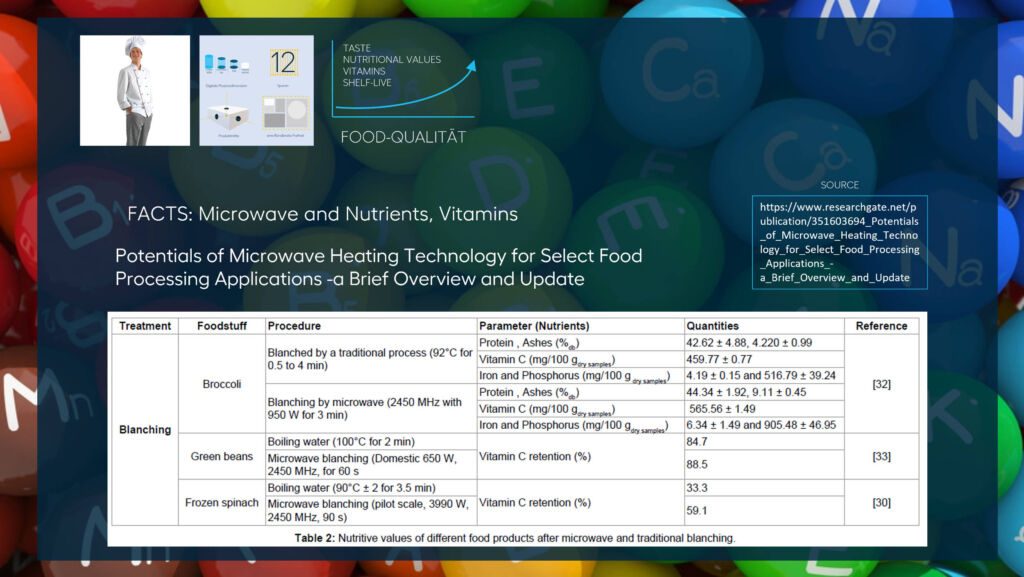
3. How do vitamins change in the microwave?
In principle, heating vegetables, milk or other foods in the microwave has no effect on their ingredients. Numerous studies have shown that – as with conventional preparation on the cooker – it depends on whether cooking is done gently. Vegetables cooked in normal portions and with very little liquid in the microwave do not have fewer vitamins than vegetables steamed on the cooker. The factors of temperature and time are decisive in influencing the nutrient content.
Heat-sensitive and water-soluble vitamins such as vitamin C or B1 really benefit from a short and gentle preparation with little water added, as they gradually pass into the water during cooking. When the liquid is poured off, they are poured down the sink.
When defrosting frozen food, the microwave has another advantage because it is possible to shorten the defrosting time considerably. The same applies if everyone in a family wants to eat at different times to only heat single portions in the microwave. This is not only about preserving ingredients, but also about saving energy.
If the microwave is used correctly and the user takes care that the food is not over-heated or processed longer than necessary, the rapid heating is much gentler on nutrients than in the pot on the cooking plate. Whereas standard boiling flushes out many vitamins into the cooking water which are subsequently poured away, the microwave needs extremely little water for gentle cooking. No microwave radiation remains in the food! Hence, the composition of the food is not changed!
NOTE: All cooking methods reduce nutrient content but microwave generally preserves nutrients better than other methods. Less cooking time and lower temperatures support the trend towards healthier food.
4. Industrial applications of microwaves
Pre-cooking and roasting bacon is one of the most common applications of industrial microwave processing. Many fast-food restaurants are commercial users of this technology.
Microwave drying is very efficient and is used commercially for snacks, spices, and other ingredients. It is also used to finish dry pasta and instant noodles. The use of microwaves in pre- or post-drying can significantly increase existing production capacities.
A common application for microwave in food processing is tempering. Microwaves generate heat quickly and volumetrically, and thawing takes place in minutes rather than hours/days, even with large blocks of product. Tempering can also be done directly in the package. Microwave heating is often used for tempering frozen beef, pork, poultry and fish.
Traditional sterilisation or pasteurisation, such as the retort process, are generally carried out by drastic heat treatments, resulting in a loss of product quality. Microwave sterilization or pasteurization offers the potential of shorter process times and improved quality. Microwave-processed packaged products are commercially available in supermarkets. These include complete ready meals, sauces and side dishes, which consumers are buying in increasing quantities. Microwave enables an experience of pure indulgence without limits. Whether Mediterranean, Asian and good middle-class cuisine, organic or vegan, just to name a few examples – the quality is more comparable to freshly prepared food than conventional ready-made meals.
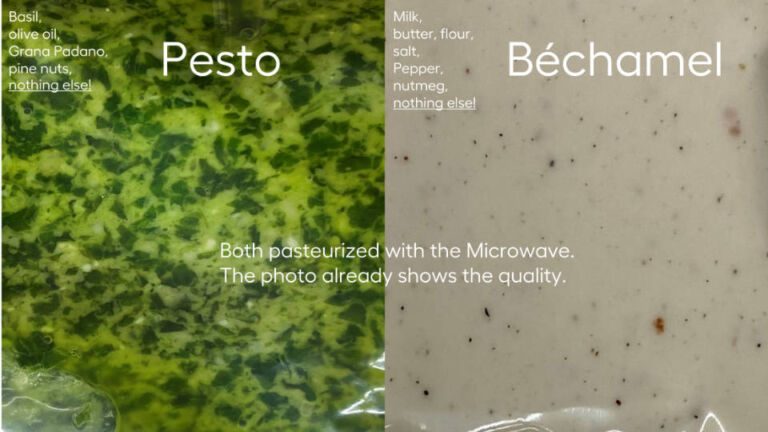
5. Excursus: Electromagnetic waves
Electromagnetic waves are classified in the electromagnetic spectrum according to wavelength.

Visible light represents only a small part of the entire spectrum and, with the exception of infrared radiation (heat), it is the only range that can be perceived by humans without technical aids. At lower frequencies, such as microwave, the energy of the photons is too low to trigger chemical processes.
At higher frequencies, however, the range of ionizing radiation begins (e.g. radioactivity), and a single photon can destroy molecules. This effect already occurs with ultraviolet radiation and is responsible for skin cancer after excessive sun exposure.
Microwaves is a trivial name for electromagnetic waves with a frequency of 1 to 300 GHz, which corresponds to a wavelength of approx. 30 cm to 1 mm. The frequency range of microwaves thus includes parts of the decimeter wave range as well as the centimeter and millimeter wave range.
Due to their wavelength, microwaves are particularly suitable for exciting dipole and multipole vibrations of molecules. This effect is dominant in the vibration-excitation of water molecules in the microwave oven. The heating of water is not based on absorption at a certain resonance frequency, but the water molecules constantly align themselves as dipoles to the electromagnetic alternating field, whereby heat is generated as dielectric loss. The frequency used in microwave ovens is 2.45 GHz. This achieves a good compromise between absorption and penetration depth into the food.
The dielectric loss factor, the specific electrical resistance as well as magnetic losses determine the frequency-dependent absorption of microwave in substances (such as food) and cause the heating process.
6. Digital cooking happens - the digitalization of cooking
Even though it is still a special experience to cook together with the family, everyday life looks different. No one takes time to stand in the kitchen anymore. Everything has to happen quickly, including cooking. But this also changes our expectations of the cooking process itself – we don’t want to waste time and expect the best quality. To achieve this, we have to revolutionize the cooking process. Digitalization is the magic word here, too.
1 and 0 are the two digits behind ON and OFF when it comes to digitalizing of processes.
The source of the microwave is electricity, and it works directly in the product to be heated.
We can control electricity very precisely and thus also the power output of the microwave.
1 and ON stands for a process that can be precisely controlled with a computer, which we call e.g. cooking. While 0 and Off just as precisely terminates the energy input and its effect.
This makes microwave the only method to digitally process and control the heating of food. Other equally established heating techniques fail when it comes to digitalization.
This includes all data of the entire process-chain and also connects food preparation to the digital world and the internet (AI/IOT). The result is an expected massive scaling in variety and number of new applications, techniques, machines, hardware and software. The data are shared and instantly available for the improvement of the digital concept.
In addition to that, there is a growing demand to preserve energy and protect the environment. It is obvious that saving resources and optimization of processes go hand in hand with digitalization. A lot is happening, and it is happening fast.
Looking into the future of digital cooking, its success will depend on how applications and products will be connected to the digital world and global databases. Electromobility, light, heat and communication are good examples that provide orientation.
This makes the microwave one of the key technologies in our society for breaking new ground. Since man has used fire to prepare food for the first time, the knowledge accumulated since is waiting to be connected anew with the world of pure enjoyment.
Digital cooking happens!
7. Contact
Do you have any questions?
Do you need support for the implementation of your application?
Get in touch! We will be happy to advise you!
POWER TO YOUR PROJECTS!
Tel.: +49 (0) 6164 - 9307 - 0
Fax: +49 (0) 6164 - 9307 - 93
info@muegge.de
www.muegge.de
Phone: +1-(209)-527-8960
Fax: +1-(209)-527-5385
sales@muegge-gerling.com
www.muegge-gerling.com
